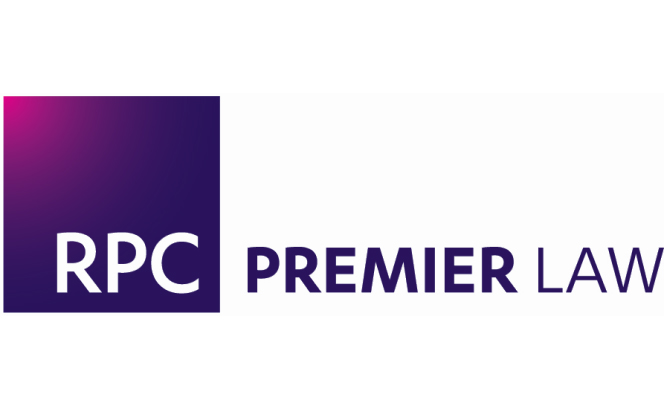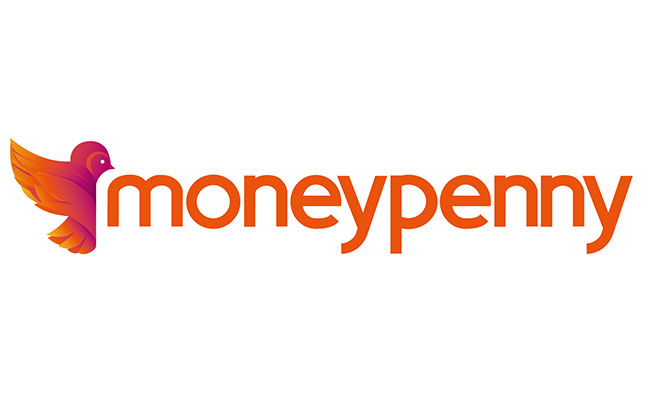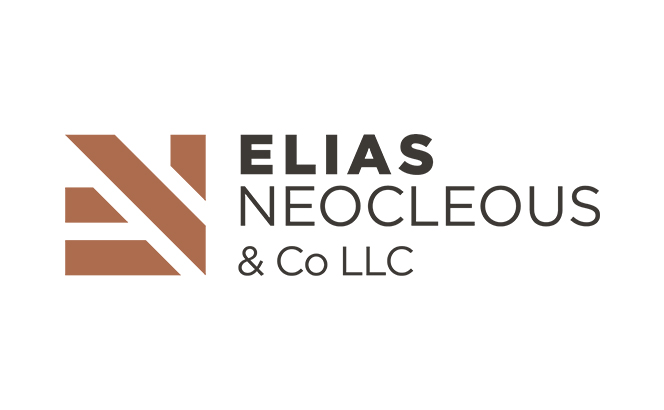
Nicholas Lauw, Yuankai Lin, Selina Toh and Pu Fang Ching from RPC Premier Law on the legal issues related to the metaverse
The term ‘metaverse’ was originally coined in a 1992 science fiction novel, Snow Crash. The term would receive global attention 29 years later when Mark Zuckerberg rebranded Facebook as Meta and announced that it would be building its own version of the metaverse.










